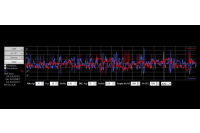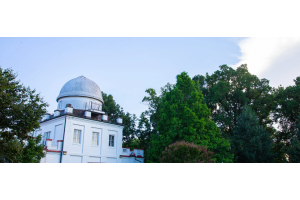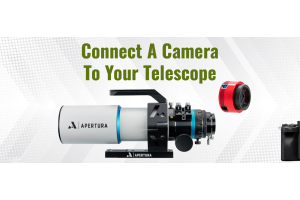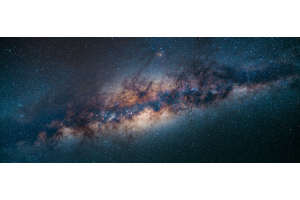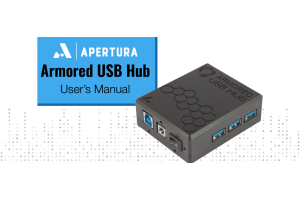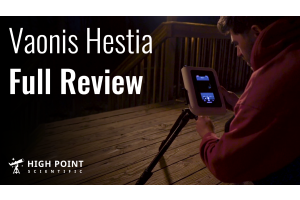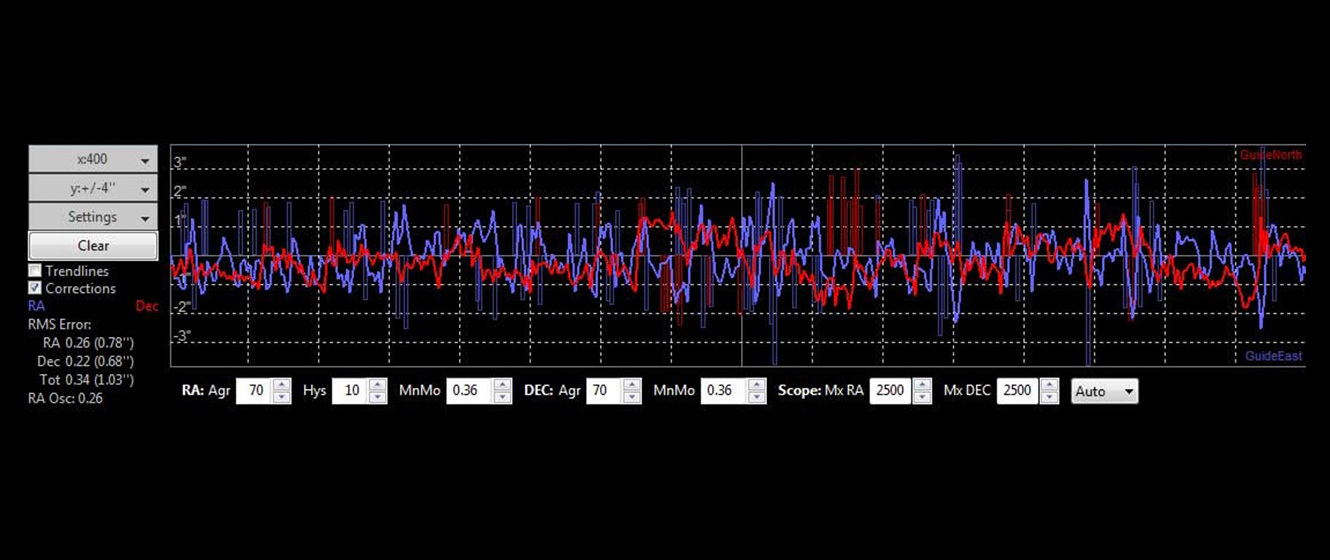
An equatorial mount or tracking mount is a crucial component of your astrophotography setup. The mount alone allows photographers to take long exposures of deep sky objects by tracking the movement of the night sky. With a standard equatorial mount and precise polar alignment, you can expect to achieve a 30 second to 120 second exposure without star trails, relying on the mount's tracking capabilities alone!
When an astrophotographer wants to increase their sub exposure time, they typically invest in an autoguiding system. Autoguiding is a rather simple solution to improve your image quality significantly. In a lot of cases, this allows photographers to take exposures which are 30 or even 45 minutes long! The concept is really quite simple.
The advantages of autoguiding significantly outweigh any learning curves introduced by such a simple system. Longer exposure times, to an extent, will increase the signal to noise ratio in your photographs. Stacking these photos increases the signal to noise even further. Yes, you can take 960x30 second exposures for a total of 8 hours of data and get a decent image. This image, however, will not be as clean nor as detailed as a different image consisting of 8 hours of data taken with 300 second exposures. Generally speaking, it’s better to take 1x5 minute exposure than it is to take 5x1 minute exposures. This is the main advantage of autoguiding, especially when shooting through narrowband filters or broadband filters under dark skies. While it is important not to get lost in the “exposure time vs signal-to-noise debate,” it IS important to know that there are some limitations that autoguiding presents.
The only limitation here is indirectly related to autoguiding and moreso related to exposure length. If you are in a light polluted area, you need to be sure that you aren't swamping your light frames with too much skyglow by taking exposures that are too long. Now that you can take significantly longer sub exposures, it doesn't necessarily mean you should! So, what is the point of autoguiding if you can only take a 60 second exposure in a bortle 8 skies? Consistency! Autoguiding will prevent the object from drifting out of your field of view as well as ensure that your stars are consistently round from exposure to exposure.
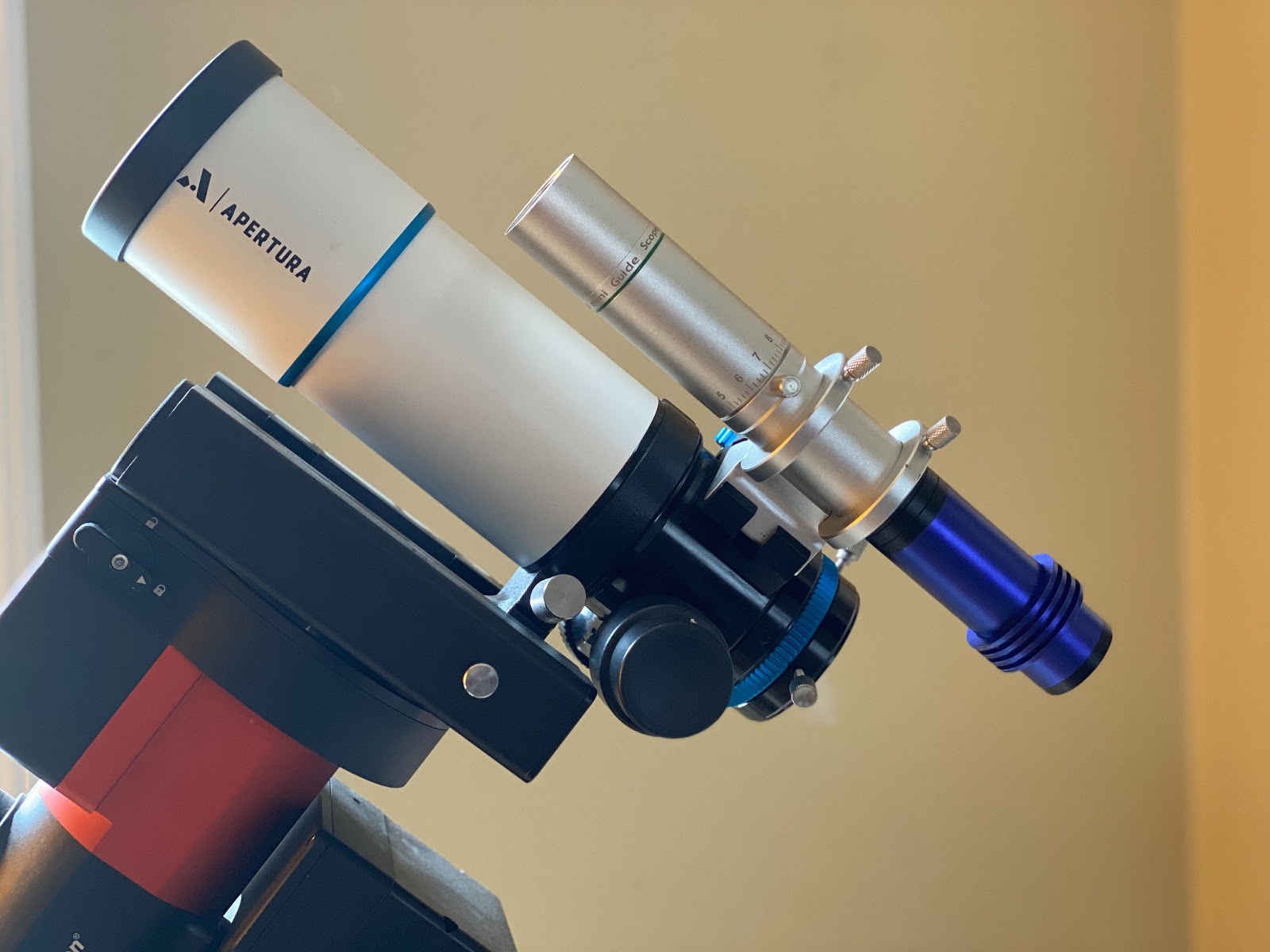
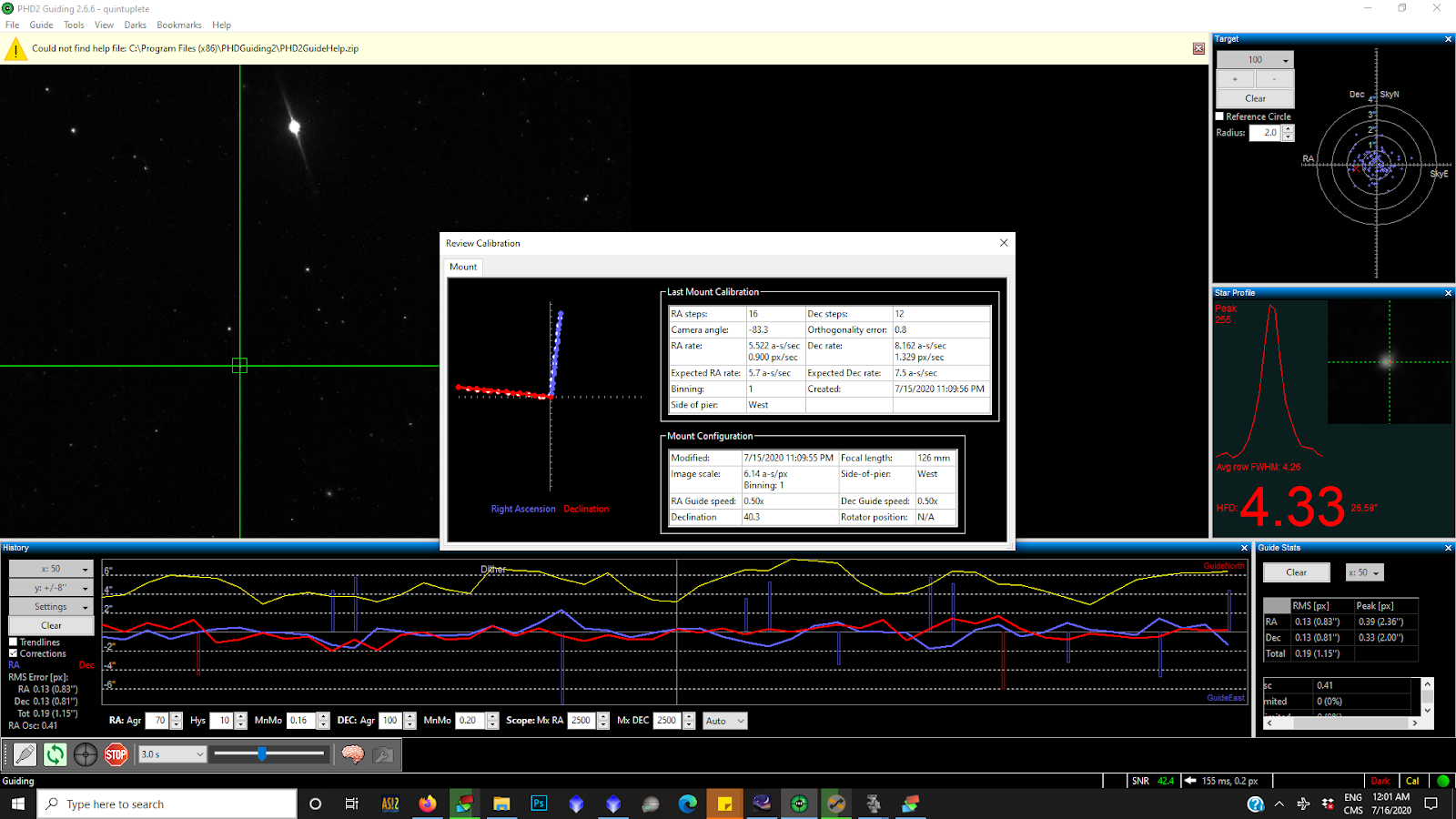
The way that this works is simple. You’ll need a guide camera/planetary camera, a guide scope, and a software called PHD2. PHD2 is the most popular guiding freeware on the market. There are other options available as well but we typically recommend PHD2. The guide scope sits atop your main imaging scope with the guide camera inserted into the back of it. The guide camera is connected to your laptop via usb cable and to your mount via an ST4 cable. These often come with the camera itself. Your guide camera takes a photo through your guide scope every other second or so and PHD2 calibrates the slight movement of the star. Once calibrated, the software sends instructions to “autoguide” your mount via the ST4 cable!
Autoguiding is a system that photographers upgrade to when they have an understanding of how an Equatorial mount, telescope, and camera work together. When the basic fundamentals of astrophotography are well understood, an autoguide system is a sure-fire way to increase the quality of your astrophotos!

Should you have any trouble choosing a guide camera or a guide scope, please consult our product advisors for additional help. We are more than happy to narrow down your options and help you get out and imaging in the field!
This Article was Last Updated on 07/18/2023

